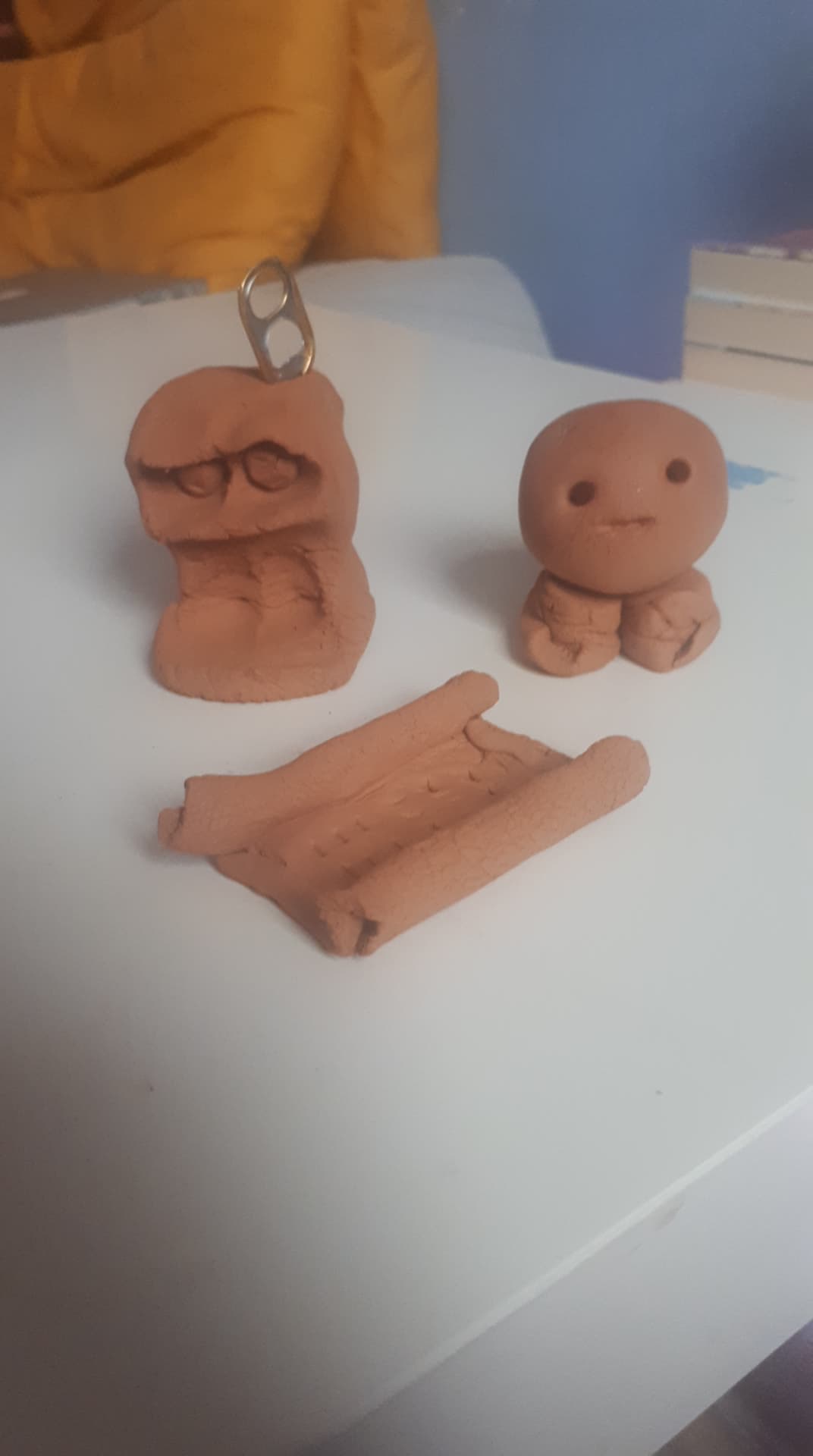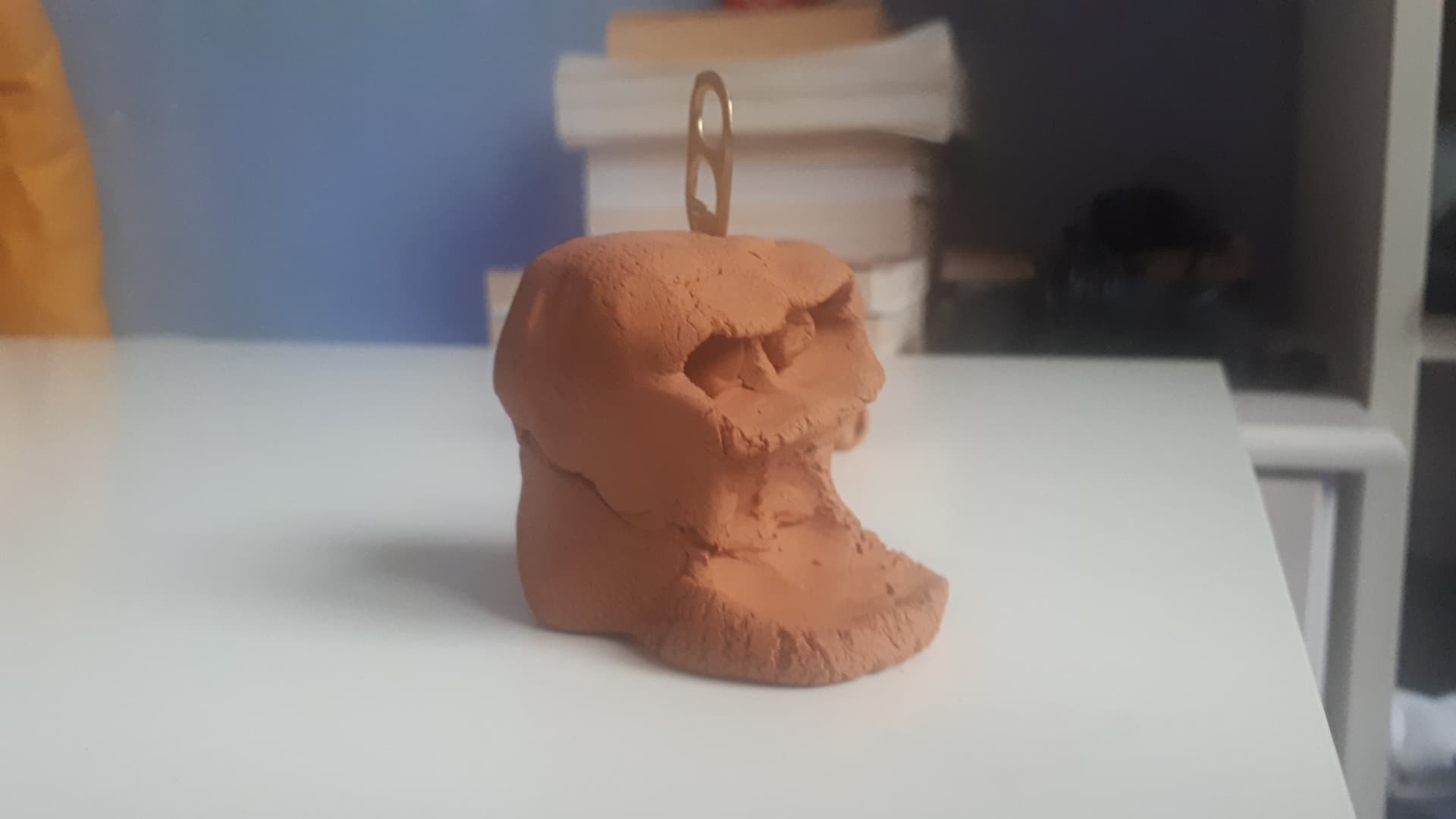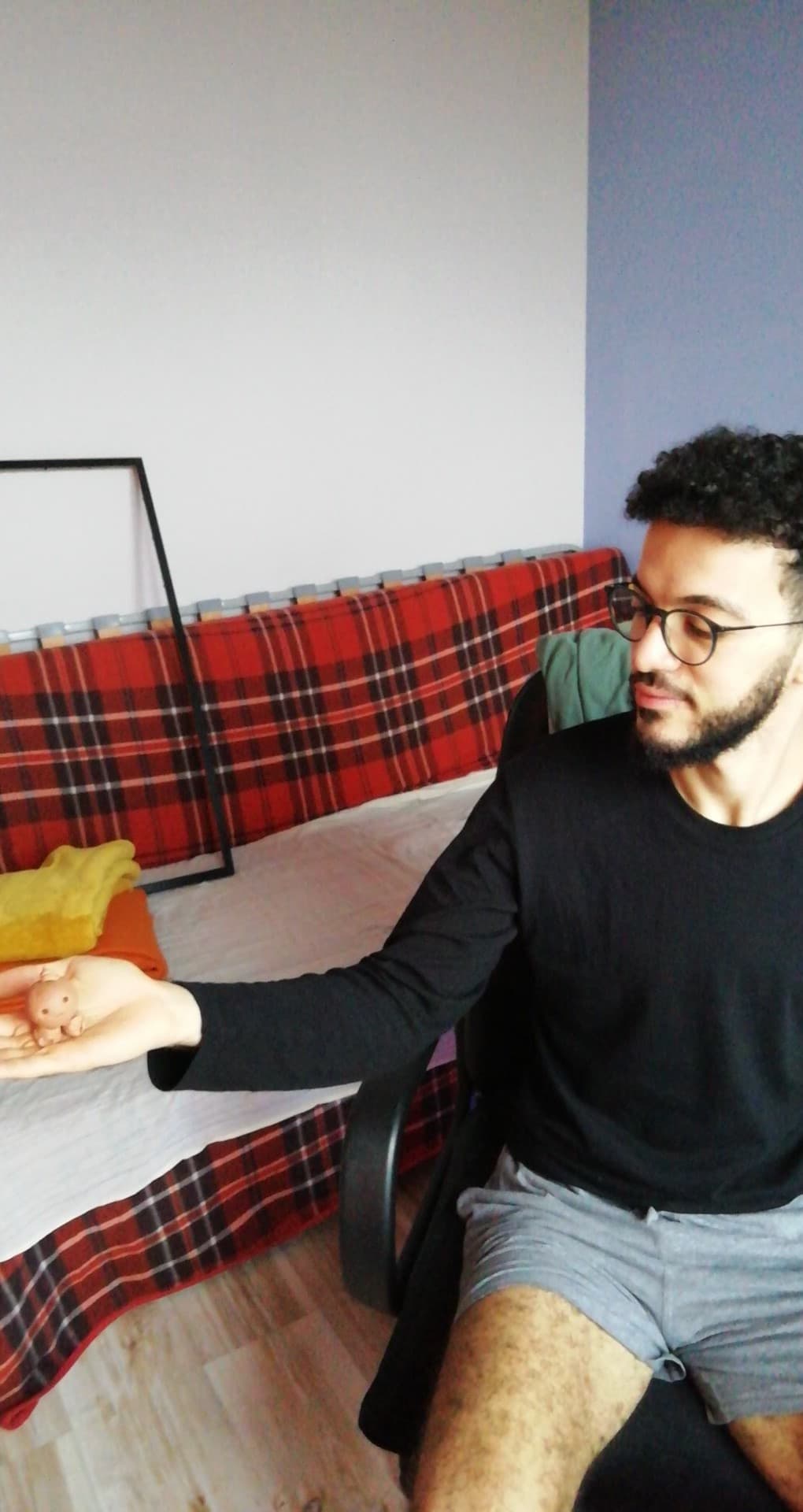W3_Prototypes
Ideate: Create and sketch and present at least three ideas )
1.Augmented reality to assist soldiers when aiming / PROTOYPE= VR FPS WITH low-effect AIMBOT (half life halyx?) ONWARD VR?
-
AR for drivers to enhance speed capacity and information treatment of our brain (maximise information and anticipate) / Prototype: VR car game with full 4D experience and an extended HUD for perfect track etc.
-
Modyfing reality by transposing a VR Sculpture to a 3D AR model that can be seen by anyone passing by. Prototype: Clay and VR : see Next Point.
Prototype (5 Points): Build a prototype (e.g,. paper prototype, Wiz of oZ) that is good enough to have a first user exposure
The prototype must cover the fundamental principles of the idea: The enhanced ability is to play with matter without resources and the time consuming/ expensive process of sculpting true art. The social aspect is what makes substantial/ material/ thus relevant as an enhanced ability because, in a ubiquitous AR society, modifying this in-between world (which could be considered as Extended Reality) is the same as interacting with real matter like the ultimate display from Ivan Sutherland 1965 paper. So you interact with what people see and art is mostly about what you see so that means you interact with what is surrounding them.
Trying to implement this social oriented idea in such weird times was quite challenging, so I took advantage of what I had at the moment, as a student I can access lazy but relevant guinea pigs: the other students! Therefore I came up with the idea of creating a clay sculpting activity during a party, as it could cover and embody both these aspects in a surprisingly relevant and interesting way.
The practical aspect might be quite different as playing with clay is far from the current VR Painting /sculpting implementation but we can obviously imagine a more physically accurate input device (using haptics and more senses integration?) ⇒ that could be a good way to extend the reach of this idea as breakthroughs in VR mostly come with close Input/“game design” bonds. The social aspect is almost perfect as a prototype because it’s the exact same implementation as the final product although the scale could change (ie touristic place with thousands of people) The fact that people in a “low art background” place like this TSP/IMTBS party were quite excited about participating and getting the reward was interesting (party environment might push towards this kind of hype but it was still more than expected: I didn’t have to mention it was for a project) It’s a good probe for how the idea could be seen in a final product implementation. The voting aspect wasn’t really accurate as the messenger thing was ignored and people preferred to write it down so it turns out the social aspect must be direct (although ladders can be on a server and displayed locally). Theses are the pieces I could save because people took them home (or destroyed them) after a while.


Use the Prototype for Evaluation : Ask at least one person (other than you) to interact with your prototype. Observe and discuss with this person what their opinion is towards your concept and interaction. Critically reflect !
Observations: I could observe many users but didn’t quite organize interviews or so in order to get their opinion so my analysis is mostly based on observation:
What I saw: People were either not concentrated enough to do something correct so they abandoned quickly sculpting something silly… Or they could spend up to 30-40 min carefully crafting the best work of art possible. Therefore the time spent did not have a gaussian shape but more like two separated groups showing the experience must come in various formulas. It was always easier for people to spend time on it in groups so the experience must keep a social interaction even during crafting. However, some of them were totally immersed in their creation and couldn’t care less about the people around them so that’s another point to look into: art is a way of traveling and exit your reality (where you are, who you are, who you are with and many other considerations) thus making it even more relevant considering our topic of virtual reality. ⇒ the three observations lead to a reflexion on a variety of mods to be proposed: “single”, “couple”, “crew” /crafting for the number of participants because users are seeking a different experience depending on the size of their group (for instance you would make a couple version fully connected to push towards cooperation whereas a single version would be all about immersion) Fast / Deep / full immersive crafting for the time and attention the participants want to give to and take from the experience: so we can think of many layers of environment around the user (mapping the room/place in VR, choosing your environment/ music/ lights) This would depend on where you implement the final product (i.e. in museums, in the street, in parties and so forth).
The hype was built by people seeing others using it because the workshop in itself wasn’t that much of an attention magnet, though a final product could use multiples artifices to attract users, the ubiquitous AR environment is also a factor that is somehow hard to predict as we can’t really predict how such an activity would be considered in the future but I think it’s social impact and it’s capacity of escaping reality when you’re out make it a relevant idea to implement.
Feedback: People liked it but the only true feedback I had was from my roommate Anas who actually won the contest.

Him and I discussed the protototype’s value according to his experience.
His main negative feedback was the huge difference between using clay on a table and playing around in a VR environment so we talked about taking the prototype further by using a unity asset he bought last year: https://www.youtube.com/watch?v=X-LhxwIEimw&feature=emb_logo
This asset lets you paint in a VR environment and could tackle the practical bias of using real clay instead of a VR env, therefore the next prototype test is to set a VR room in a party where people can sculpt and paint. It could take the prototype even closer to a final product implementation.
Another question was the test population, is using only 21-25 year old students skewing the analysis? A children oriented version should therefore be another step to cover more tests, the prototype is robust to a change of population test which is quite convenient.
Even if I tried to convince him building a clay statue in the middle of a room today is the same thing as creating a 3d model in a VR environment for people to see it through AR devices in a Augmented Reality ubiquitous world, he was quite skeptical about the bond between both experiences. It forced me to realize that my prototype was not depicting perfectly the AR social aspect of the idea. Perhaps that is the main part to improve in order to achieve a better overall prototype, using social media could do the trick but still couldn’t quite grasp that idea of changing the word you see only through glasses or a screen that is so fundamental to AR.
Conclusion on the general behaviour of the prototype:
Although this prototype was technically far from the true user experience we’re looking for, it is helpful to gather insight on people’s reactions with an extremely low priced prototype (20 euros of clay). Moreover, as we saw with the Unity asset for instance, a room that implements a VR version is an easy next step to do. The social aspect was the best asset of the prototype as it embodied exaclty what I was looking for and could on top of that produce many obsevations for futher development. I haven’t seen many prototypes but most have seen were contained in a scientific environment (ie collegues, students) but I think this one is breaking this general rule as its implementation is so user friendly and doesn’t require any knowledge. The issue of scale can also be discussed as a clay statue is far from a human sized sculpture in terms of time and details, but this issue of time could eventually be addressed by a highly user friendly interface and a helping environment. The user interface is perhaps the farthest to the true experience and has impacts on time / attention and the worth of the experience as a whole. Which somehow serves our interest of showing how HCI is at the core of a prototype, it is quintessential that a prototype mimics the final user experience because it’s the link between him and the whole process so you can’t correctly discuss pros and cons of your prototype for the final product if the HCI aspect is fundamentally different at the end. That promotes even more the implementation of the VR version of the prototype.